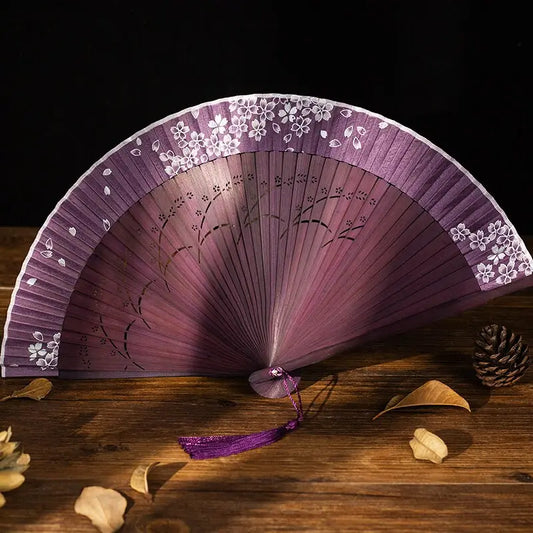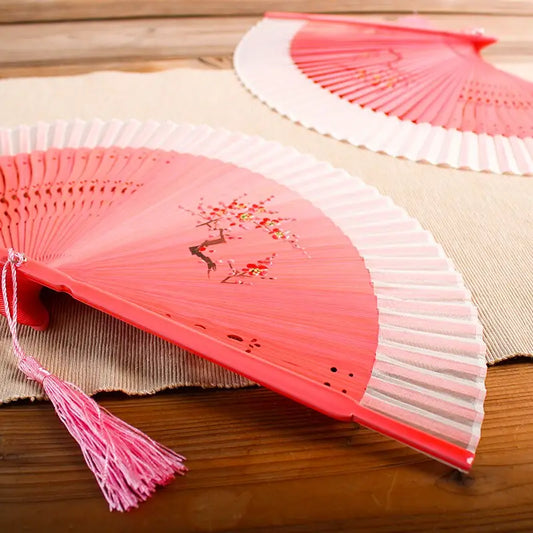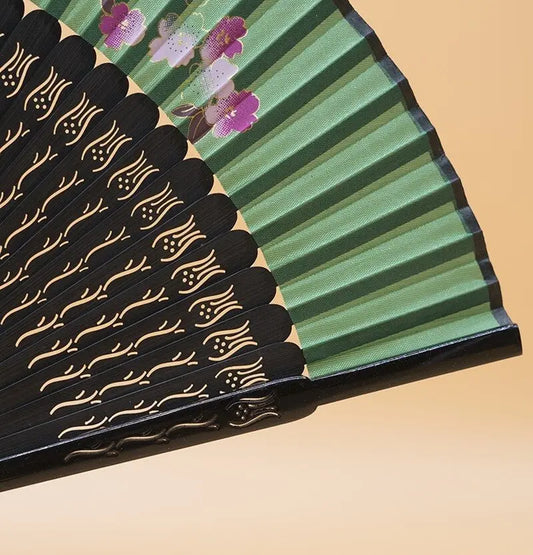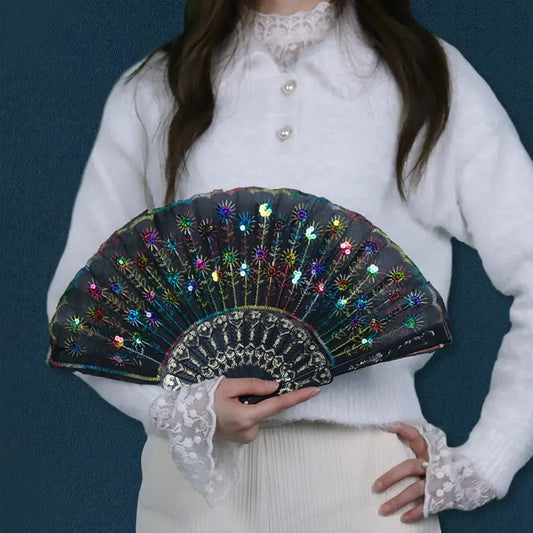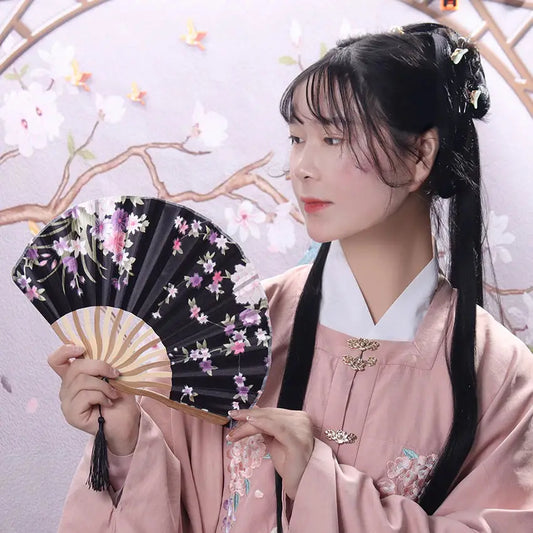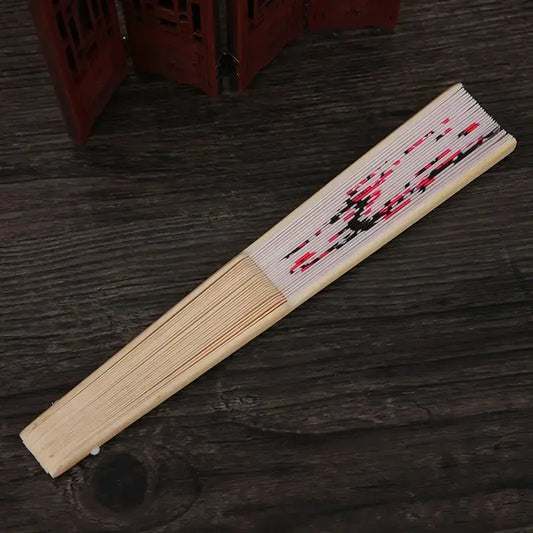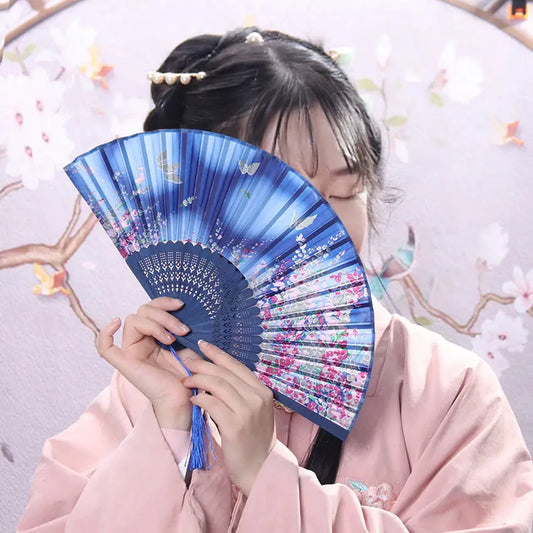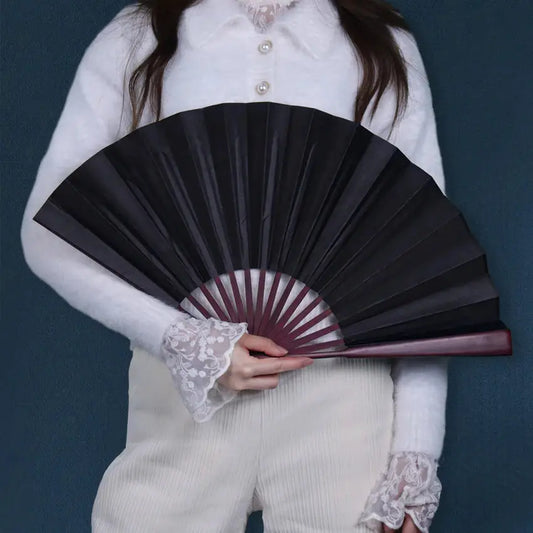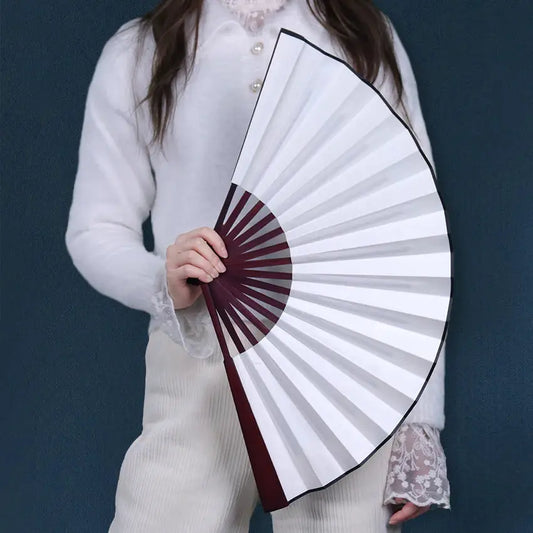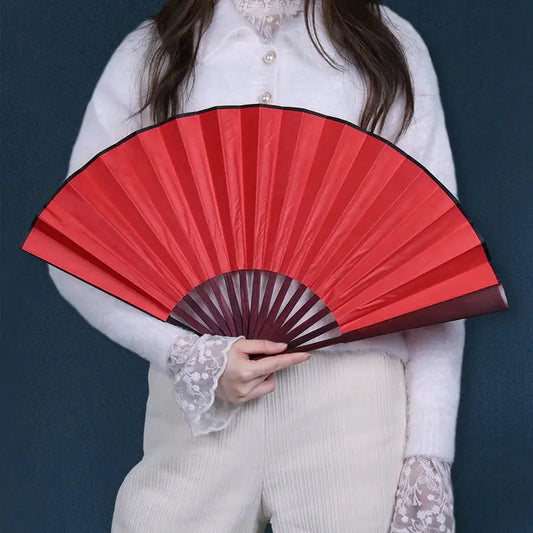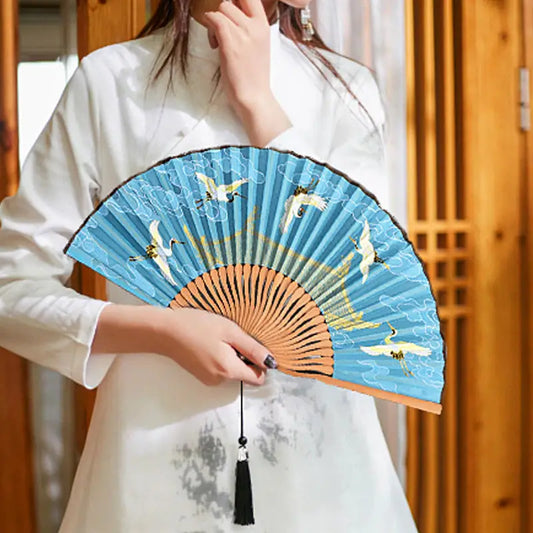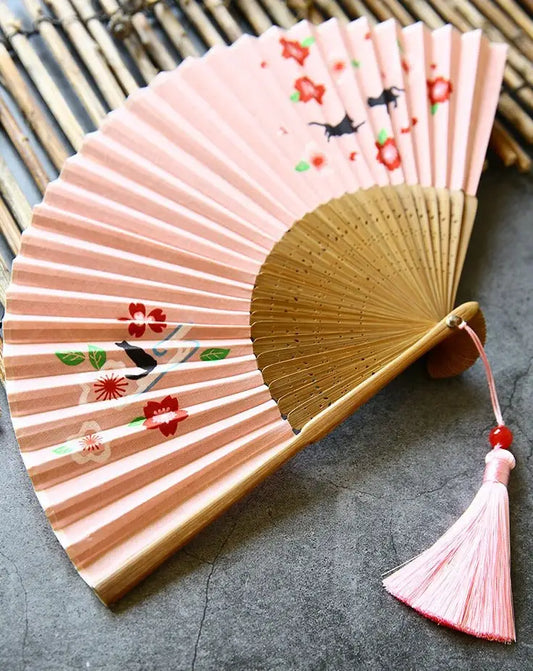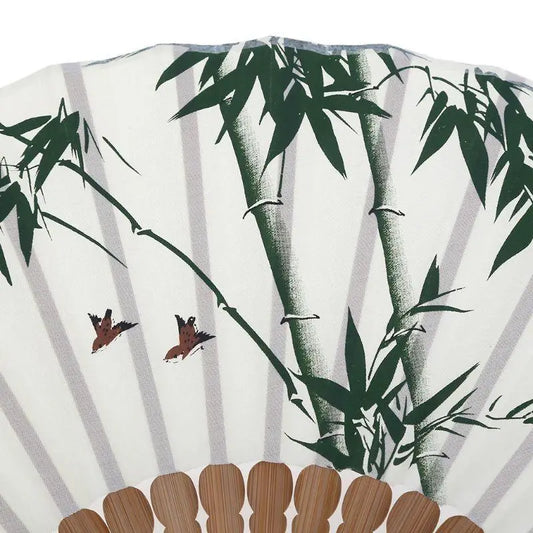🎐💫 Japanese Fans: The Folded Art of Culture, Cool, and Quiet Power 🍃🎎
A gentle breeze stirs a silk fan. Painted cranes soar across its folds. In a single motion—snap—it opens wide with elegance and authority. Whether wielded by geisha, samurai, or anime royalty, the Japanese fan has always been more than just a tool for cooling down—it’s a symbol of grace, communication, beauty, and tradition.
From centuries-old kabuki theaters to modern-day cosplay conventions, Japanese fans are everywhere—and for good reason. These aren’t just accessories. They’re art you hold in your hand, vibe multipliers, and a secret weapon of aesthetic dominance. 🌬️💥
Whether you’re chasing traditional looks, creating performance pieces, or just need a gorgeous prop that folds into your back pocket, Japanese fans are the perfect blend of style + substance.
🧵 What Are Japanese Fans? (Spoiler: They’re Ancient, Iconic, and Full of Flair) 🎨🪭
Japanese fans come in multiple styles and materials, but all are built around one thing: elevated expression through wind and art. Known collectively as sensu (扇子), these fans have existed since the Heian period (794–1185) and were originally used by nobles, warriors, monks, and performers alike.
There are two major types:
🌸 Types of Japanese Fans:
| 🪭 Fan Type | 📖 Name (JP) | 📐 Structure | 💫 Common Uses |
|---|---|---|---|
| Folding Fan | Sensu / Ogi (扇子) | Folds open and shut like a paper accordion | Performances, fashion, portable cooling |
| Flat Fan | Uchiwa (団扇) | Rigid oval shape with a handle | Summer festivals, traditional ceremonies |
🖌️ Common Materials:
-
Bamboo ribs 🪵
-
Washi (Japanese paper) or silk 🧵
-
Hand-painted illustrations or printed designs 🎨
-
Lacquered wood or gold leaf detailing 🌟
These fans are more than just practical. They’re storytelling in motion, cultural symbols that express emotion, elegance, and even coded messages through movement in traditional dance. 💃🕊️
💥 Why Japanese Fans Are the Ultimate Mix of Cool, Culture & Cosplay 🎭🔥
Lightweight. Beautiful. Meaningful. Drama-loaded.
Here’s why Japanese fans deserve a spot in your bag, your costume, and your life:
1. 🎐 Elegance You Can Hold
In just one snap, you elevate your presence. A Japanese fan gives your movement grace, your outfit flair, and your vibe mystique. Perfect for slow reveals, photo shoots, or everyday drama ✨
2. 🏮 Cultural Legacy
Whether you’re into kabuki, geisha culture, samurai lore, or summer matsuri, fans are woven into Japan’s cultural fabric. Each stroke of paint, each fold, each motion? A piece of living history.
3. 🌬️ Actually Useful
Let’s not forget—these things WORK. Heading to a summer festival? Cosplaying in a hot con hall? Anime hoodies not cutting it in August? Snap, flick, breeze. Instant cool-down.
4. 📸 Photo Prop Supreme
Holding a fan takes your cosplay or fashion shoot from cool to cinematic. Folded? Power stance. Open? Mysterious monarch. Cover your face with it? Villain reveal mode: activated. 💅🔥
5. 🎁 Perfect Gift of Grace
Elegant, portable, personal—Japanese fans are the ideal gift for anyone who loves Japan, art, performance, or refined aesthetics. Bonus: they fit in your bag and your budget 🧧
🪭 How to Use, Style & Snap a Japanese Fan Like a Legend 🌸🎴
Whether you're performing in kimono, flexing modern street fits, or embodying your favorite anime baddie, there’s always a place for a fan. Here’s how to wield it with grace and slay:
🎎 Fan Styling Combos:
| 💫 Vibe Type | 👘 Outfit Style | 🪭 Fan Match |
|---|---|---|
| Geisha Elegance | Silk kimono, obi sash, kanzashi hairpiece | Sensu fan with gold cranes & sakura |
| Kabuki Warrior | Bold hakama, face paint, geta sandals | Lacquered black fan with flame motif |
| Cosplay Core | Demon Slayer, Jujutsu Kaisen, etc. | Themed fan with character print |
| Festival Cutie | Yukata, woven bag, geta | Uchiwa fan with fireworks and waves 🎆 |
| Modern Zen Baddie | All-black fit, subtle accessories | Minimalist fan with kanji or brushwork 🖌️ |
🔥 Fan Movement Tips:
| 📸 Pose or Action | 🎯 Why It Works |
|---|---|
| Half-Folded Glance | Adds mystery and elegance |
| Snap-Open Reveal | Dramatic effect, perfect for anime cosplay |
| Twirling Wrist Flick | Traditional dance move, shows skill & flow |
| Closed in Hand | Like a sword sheath—subtle & powerful |
| Fan Cover Pose | Cover lower face = villain or royal vibes 😤 |
💡 Pro tip: Keep one in your bag, car, or sleeve pocket. You never know when you’ll need a breeze or a dramatic exit. 💨👘
🌬️ Japanese Fans Are Folded Stories, Carried in Style 🎐🖤
Japanese fans aren't just accessories—they’re timeless artifacts.
They’ve survived wars, heat waves, and centuries of art and culture.
They've graced the hands of performers, warriors, monks, and queens.
Today, you hold one.
And when you open it?
You’re not just catching a breeze…
You’re unfolding elegance, channeling history, and expressing YOUR story—in motion, in fabric, in silence.
So whether you’re cooling off, dressing up, or striking a pose—
let your fan speak louder than words. 🎴🪭💫






